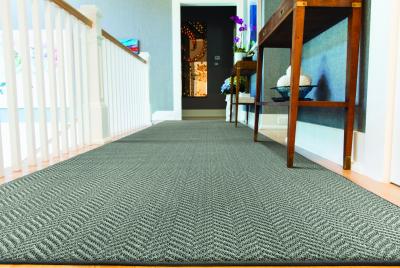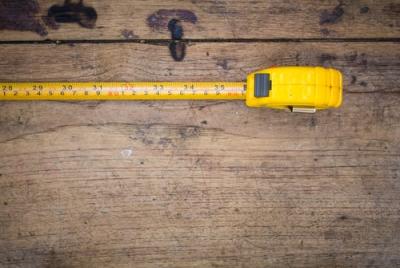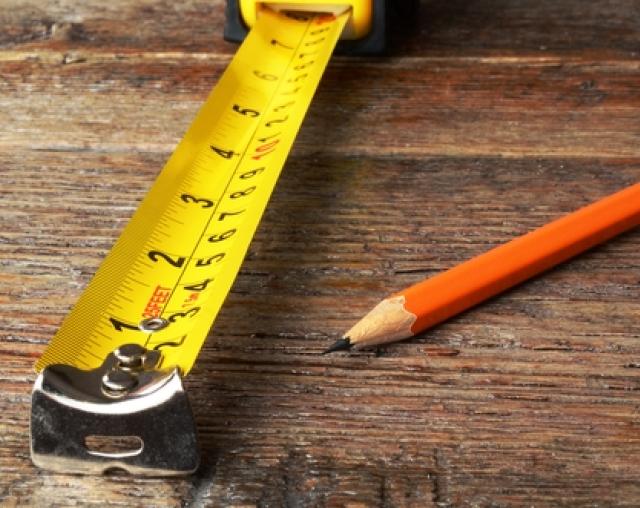How to Measure a Hallway Runner Rug
How to Measure a Hallway Runner Rug

If someone were to ask you to imagine a hallway, it’s likely that the first space you’d think of is long, straight, and narrow. While this is true for most hallways, it isn’t true for all of them. It also doesn’t mean that, just because they have a uniform shape, that they’re easy to measure properly.
After all, hallways have corners. Hallways have furniture. Hallways have entryways, air exchanges, and who knows what else. Your runner rug will have to navigate them all. Make sure it can by using the guide below to measure your hallway runner rugs successfully.
How Long Should a Hallway Runner Be?
Let's talk hallway runner rules. Remember, a hallway runner isn't a carpet so much as it is an accent to your current flooring.
With this in mind, the length and width of your runner depend on the dimensions of your hallway. However, a good rule of thumb is to make sure your runner leaves at least 3" between the wall and each side of the rug.
The runner's length should also be less than the hallway, by at least a foot, so it can be centered. For long hallways, you can choose two or three shorter runners, spaced so the edges are between doorways, for a truly unique look.
4 Steps for Measuring a Hallway Runner Rug

Step 1: Measure Your Desired Width
Rug runners can come in a variety of lengths and widths, but there are still industry standards. A quick internet search for a runner will show you that 3’ wide is one of the most common sizes. But 3’ can easily be too much rug, not enough rug, or completely throw off the symmetry of the hallway.
Instead of relying on the common runner sizes out there, measure the width of your own hallway. Then, decide how much of the floor you want to leave exposed. How much space you'll want on each side is up to you, but we find that around four to five inches on each side of the runner are a good place to start. For example, if your hallway is 42 inches wide, a runner of 32 or 34 inches will be perfect.

Step 2: Measure Your Desired Length
You'll be following the same rules you did in the last step as you do in this one. Measure the length of your hallway and determine the kind of look you want.
Do you want one especially long runner or two smaller runners with a gap in between? Do you want your runner to be shorter than the entire hallway or the same length? Answer these questions for yourself so you can then get the accompanying measurements.

Step 3: Create a Diagram (if needed)
Not all hallways are built the same. Take a look at the things that make yours unique. Do you have any particular furniture items that you don’t want your rug to run under? Are there any particular corners, turns, or bends you need to account for? If you don’t have a straight and narrow hallway, we recommend creating a diagram or drawing of your hallway. Then, jot down the dimensions and locations of your corners/furniture your rug needs to go around so that your final runner has cut-outs or corners for those spaces.

Step 4: Calculate the Total Length of the Runner
Hallway runners are a lot easier to measure than stair runners since you're measuring a flat surface. You already have the numbers after taking heed of the width and length of your hallway, as well as any corners or obstacles. Now you just need to multiply and add them up for final size. Once you have all this information, you'll be ready for the fun part of picking out your next runner.
Picking the Right Runner Rug
Now that you know how to find the right runner rug size for your hallway and shape for your home, it’s time for the fun part: shopping!
If you’re ready to get your perfect hallway runner, start shopping our full selection of runner rugs from the top menu of rug materials today.
